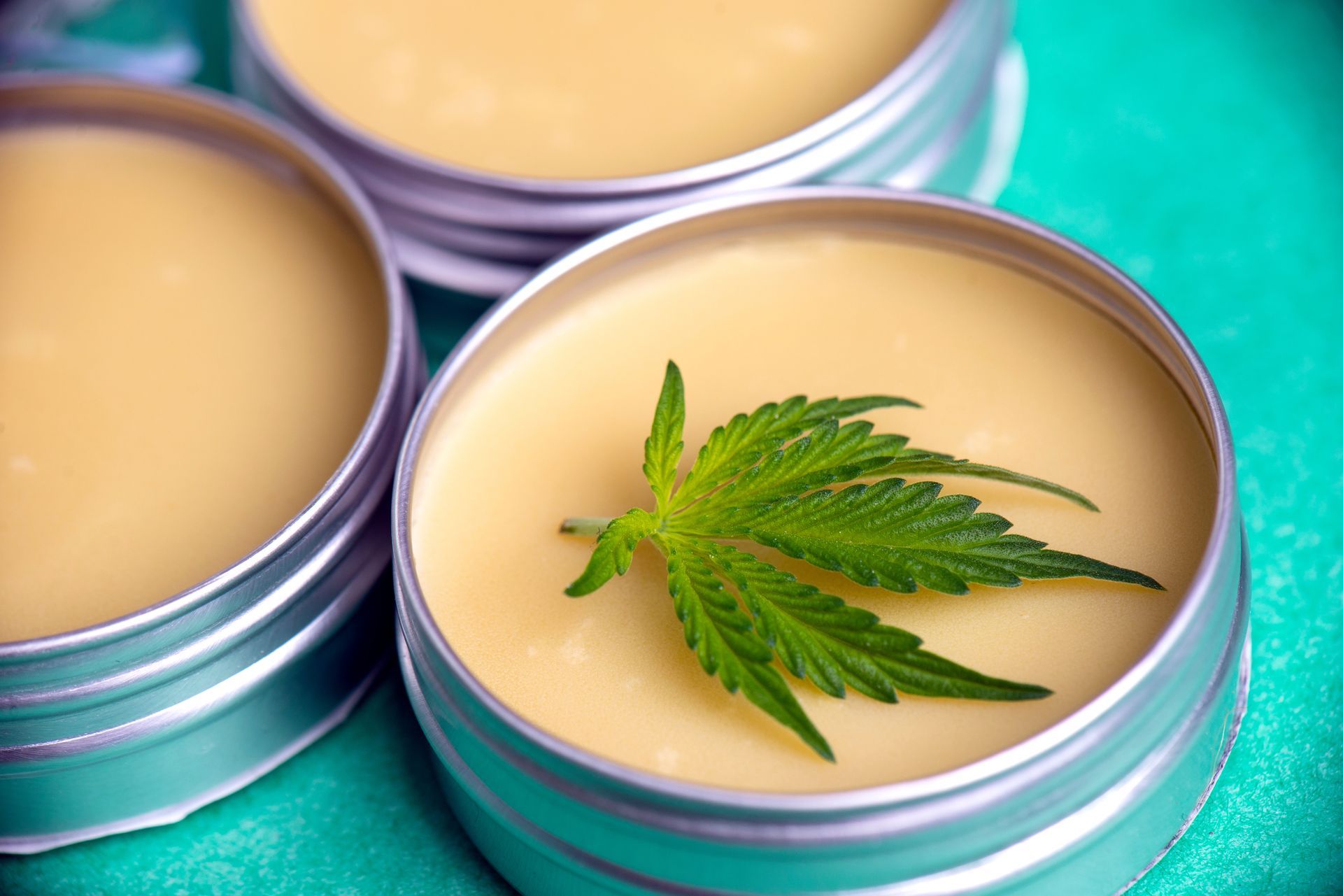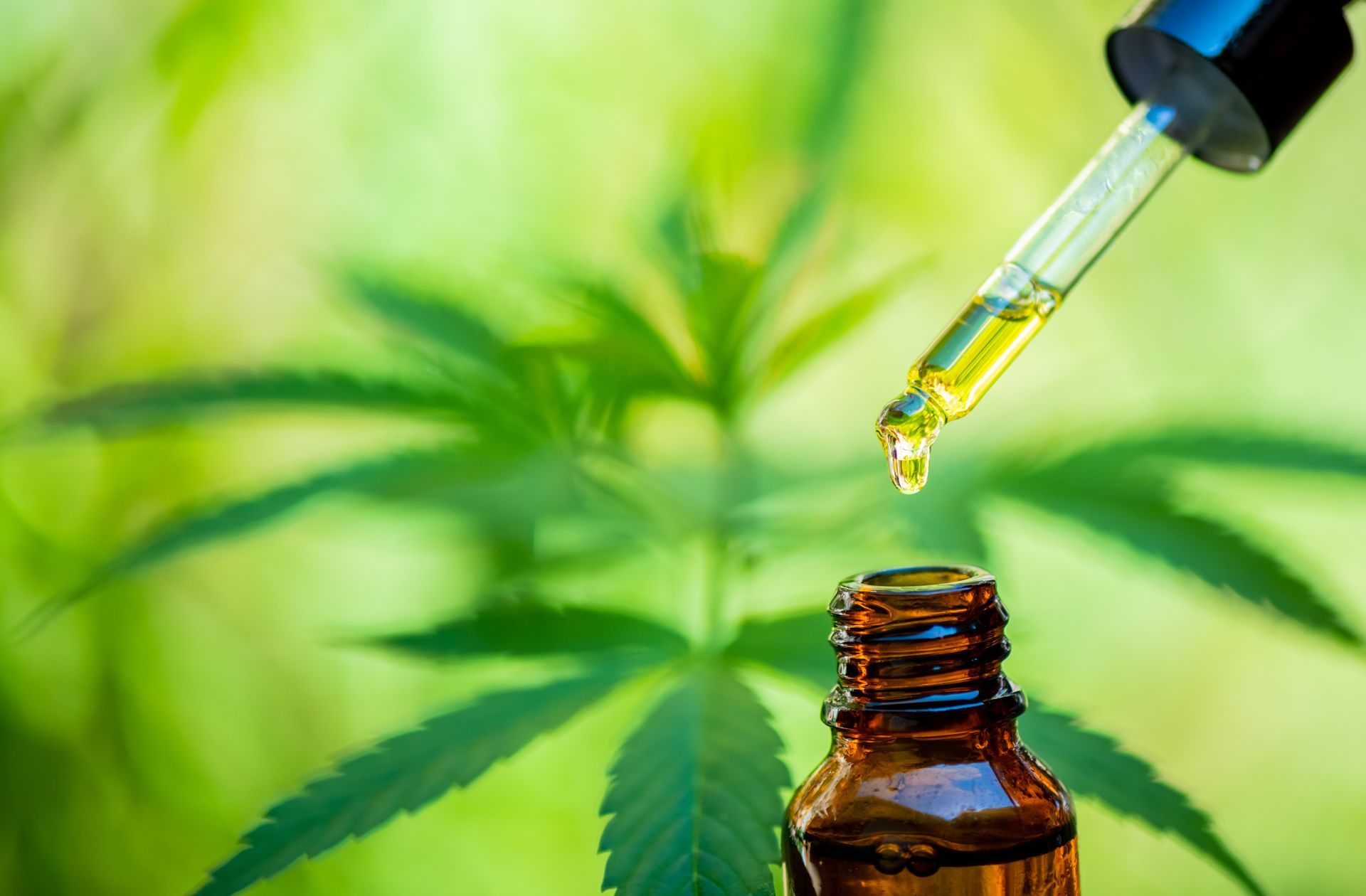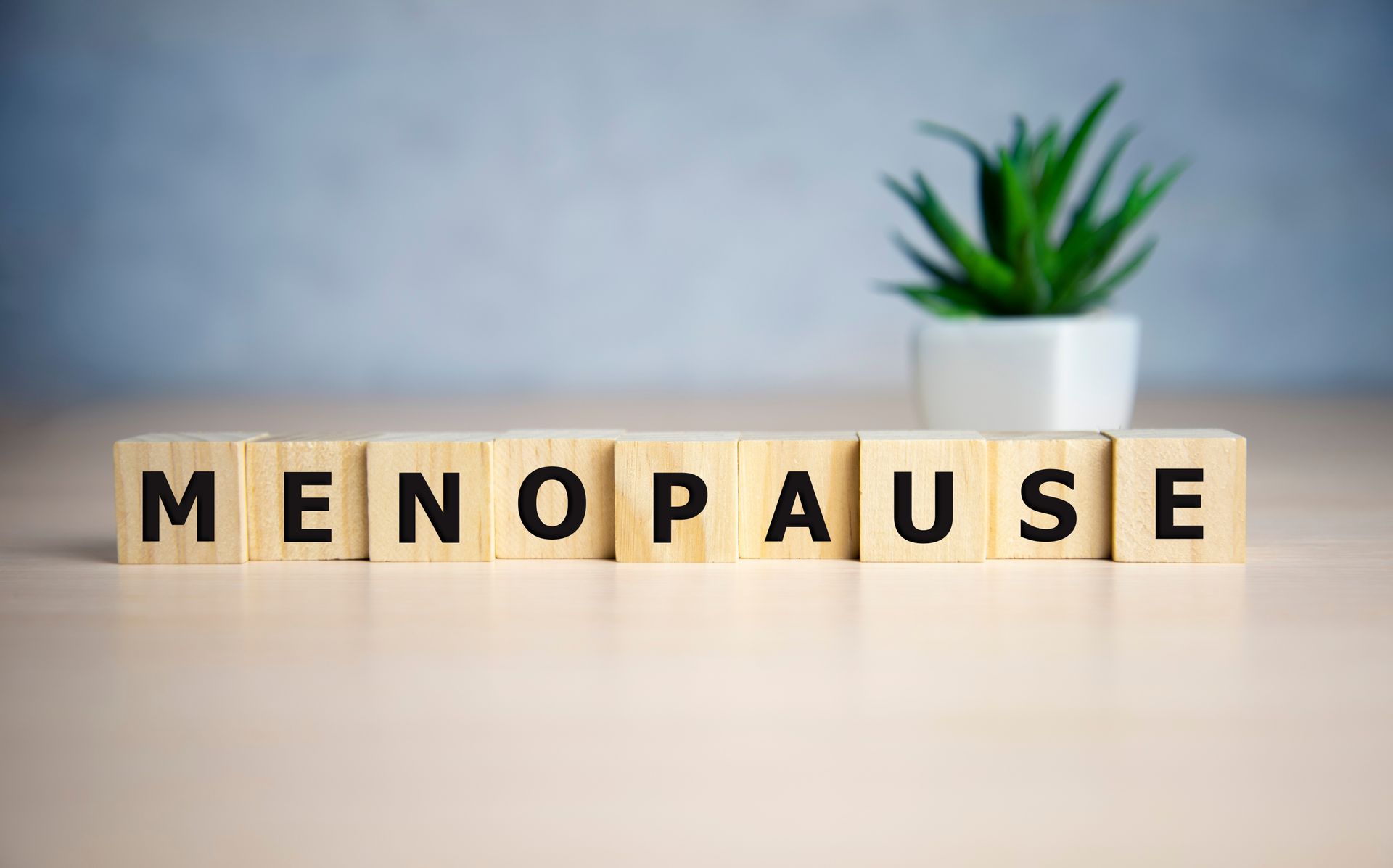How Does Consuming CBD Affect the Body?
Cannabidiol, otherwise known as CBD, can be taken in many different ways. Some people take CBD because they believe it helps with their anxiety, depression, sleep disorders, inflammation, joint pain, chronic diseases and for non-pharmaceutical pain relief.
CBD is derived from cannabis plants, but it does not cause psychosis effects like its fellow cannabinoid THC. That means CBD won’t get you high. Unfortunately, because it comes from the same plant, there are still many people who simply assume any cannabis-derived product will result in a similar THC high.
If you’re hesitant to take CBD, you’re not alone. Not sure how it will make you feel or if you should be concerned about how it may react with your body? How much you should take, what kind of delivery method you use or whether you take it at all is a personal choice. You should, however, speak with your doctor before you begin taking CBD or any other product.
There are several forms that CBD can come in:
- Oils and tinctures
- Creams and lotions
- Capsules and pills
- Edibles
- Vape cartridges/vape juice
Each form may be taken for different circumstances. Creams and other ointments are used topically. Edibles and pills are ingested giving the body a more systematic approach to relief. Oils and tinctures are generally dropped under the tongue with a dropper, but they can also be added to foods or drinks.
How Will CBD Affect Me?
Cannabidiol in all forms activates the endocannabinoid system by a channel of receptors within the nervous system. CBD attaches to cannabinoid receptors and is believed to, in most cases anecdotally, have positive effects.
The endocannabinoid system is real, and scientists know the system’s CB1 and CB2 receptors plays a role in a variety of bodily functions and sensations. These include:
- Pain
- Emotion
- Mood
- Conscious thought
- Appetite
- Sleep
- Inflammation
- Memory
What’s less well understood is the extent to which various cannabinoids that attach to the CB1 and CB2 receptors affect these various functions. Advocates for CBD who take it regularly are often convinced that they are experiencing positive results for things like anxiety, getting restful sleep, chronic pain and depression. Scientists are still debating these effects and how much those experiences are derived from CBD’s effect on the endocannabinoid system or whether they’re primarily psychosomatic.
How Much CBD Should I Take?
People who are trying CBD for the first time should be very careful with dosage. CBD has a biphasic effect for things like anxiety. People who use it for anxiety may tell you that a low does reduces their anxiety while a dose that’s too high increases their anxiety. There’s some scientific evidence that tracks some of those claims.
Each individual should understand that what works for them may not be the same as someone else. If you feel uncomfortable after taking CBD, taking more likely won’t help. Experts in the use of CBD will advise you to start with a small dose and incrementally increase your doses until you begin to feel the positive effect you were seeking.
Avoid trying to find your sweet spot the first time you take CBD. If you want to take CBD before bed to help you sleep, don’t keep eating gummies until you feel something. Wait until the next night to increase your dose.
Are there Negative Effects of CBD?
For most people there are few or no side effects. When people do react poorly to CBD the side effects are usually mild. However, if you’re trying CBD you should remain vigilant. Make sure to talk to your doctor first and ask about potential interactions with other medications you may be taking.
Some potential minor adverse effects include:
- Dry mouth
- Diarrhea
- Reduced appetite
- Drowsiness and fatigue
- Medication interaction
CBD does not interact well with NSAIDs as they are blood thinners.
If you are considering CBD, make sure you are getting a quality product that contains the level of CBD stated on the bottle. You should always try to find a brand’s batch and lab reports to verify the product has been checked for CBD content and quality.
To learn more about the best CBD brands check out our
top ten CBD brands.
All Rights Reserved | TOP10CBD | Website Created By REV77



